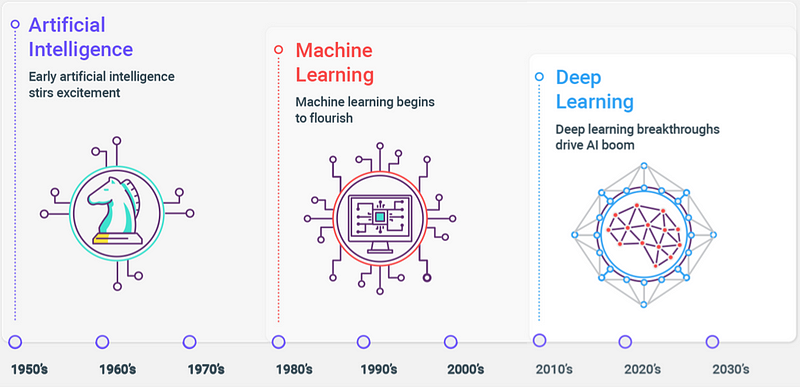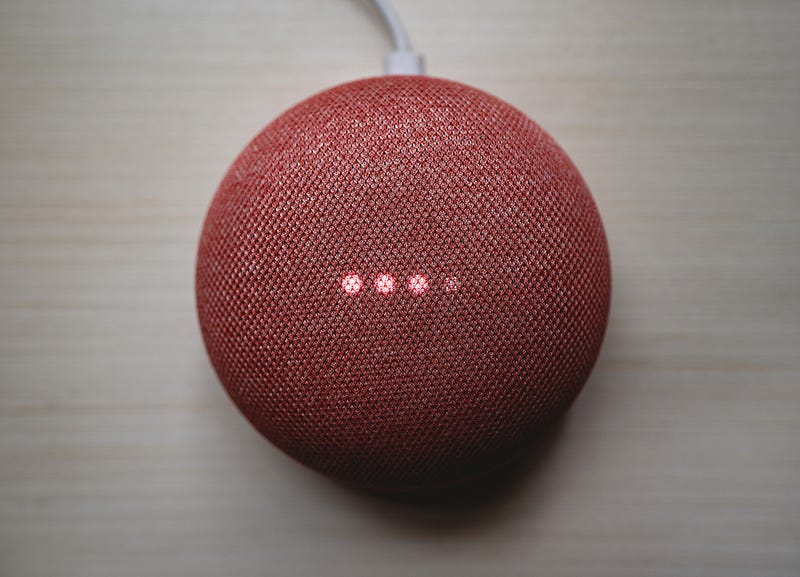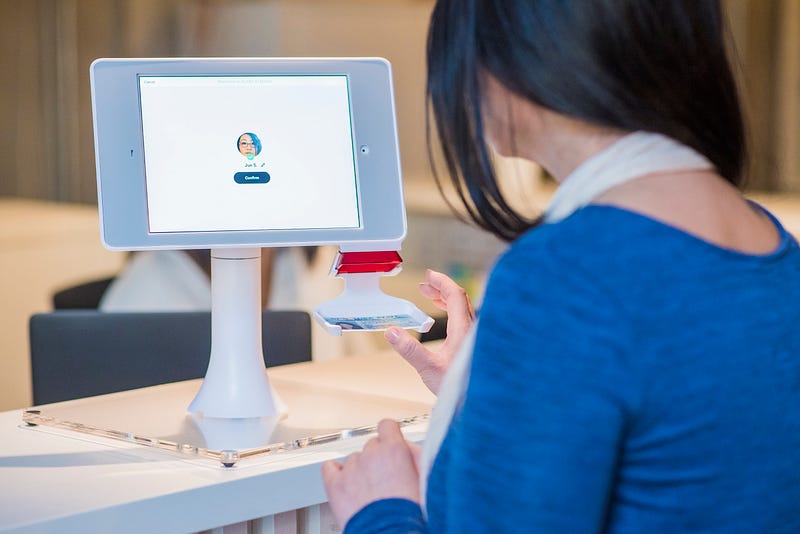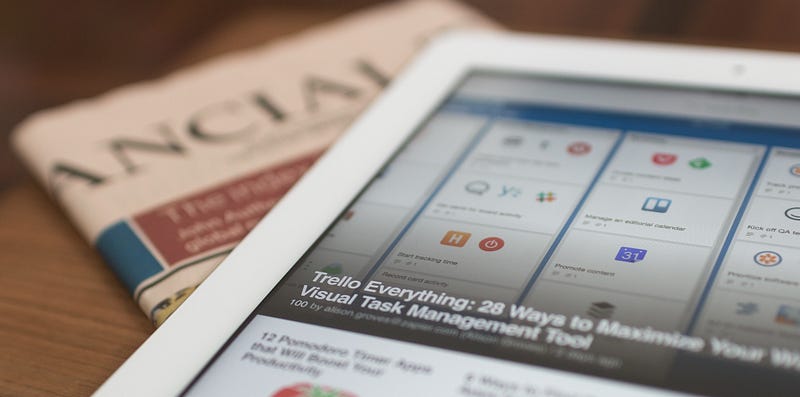Deep learning is a subset of Machine Learning in Artificial Intelligence (AI). When an AI imitates the human brain for processing data, creating patterns, and making decisions, it is Deep Learning. It uses multiple layers to progressively extract higher-level features from the raw input. The word ‘deep’ in ‘deep learning’ refers to the number of layers through which the data is transformed. Through this, it is possible to learn patterns from unstructured and unlabelled data. The deep learning algorithm performs a task repeatedly, each time improving its outcome, similar to how we learn from experience.

The vast amount of data being created every second on search engines, social media, e-commerce platforms has made deep learning of great potential. In addition to that, the strong computing power available today has made a huge impact on the algorithms used in deep learning. Moreover, breakthroughs in AI such as self-driving cars, AlphaGo, voice assistants are all possible because of deep learning.
Here are 5 applications of Deep Learning in our day-to-day lives:
- Speech Recognition in Virtual Assistants

All major virtual assistants (e.g. Siri, Alexa, Cortana) are based on deep learning. These enable software agents to perform tasks or services for an individual based on verbal commands by interpreting human speech. The more a person interacts with such devices, the more training data it receives, it has a better scope to improve accuracy. This data can then be utilized to determine user behavior and preferences, thereby making human-device interaction smooth.
2. Facial recognition

In deep learning, Facial Recognition (FR) is basically identifying or verifying a person from a digital image or video. FR works by comparing selected facial features from a given image with faces within a database. An application of FR is the anti-spoofing of face images. Detection of spoofing from facial recognition is used in applications where people are verified by showing their face in front of a camera. Another application of facial recognition is tagging people on Facebook photos, and recommendations of who might be present in the photo.
3. Personalized Recommendations

Netflix suggestions on what you should watch next are nothing but deep-learning algorithms at work. There are two types of recommender systems-
(I) Collaborative Filtering– This type of filter is based on users’ ratings, and it will recommend movies that we haven’t watched yet, but users similar to us have watched and liked. The algorithm predicts a rating for a movie from a user’s past behavior as well.
(II) Content Based Filtering– This type of filter uses a series of discrete characteristics of a movie in order to recommend additional movies with similar features.
4. Health Care

Deep learning is being widely used in pharmaceutical and medical companies for applications ranging from diagnosis to image segmentation. It is helping doctors diagnose patients more accurately, make predictions about patients’ future health, and recommend better treatments. Convolutional neural networks (CNNs) in deep learning are well-suited to analyzing images, such as MRI results or X-rays.
5. News Aggregation

Efforts to customize news as per readers are strengthened by the use of deep learning. Newer levels of sophistication to define reader personas are being met to filter out news as per geographical, social, economical parameters along with the individual preferences of a reader. An example of this is Google News which uses real-time AI/ML to organize the news.
Another application is fake news detection. Fake news is misinformation or manipulated news that is spread across social media with an intention to damage a person, agency, and organization. Deep Learning classifiers help detect fake or biased news and remove it from the news feed, and also giving a possible warning of privacy breaches.

